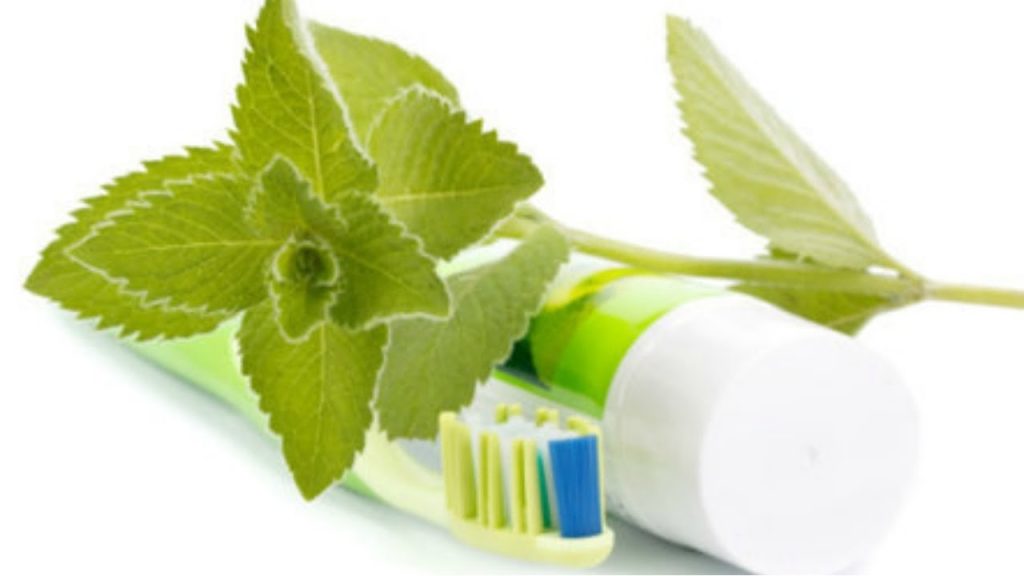Introduction
When it comes to oral hygiene, one of the most fundamental choices we make is selecting the right toothpaste. With a growing awareness of the impact of our choices on the environment and our health, the toothpaste aisle is no longer limited to just the tried-and-true traditional brands. Natural toothpaste options have flooded the market, promising both eco-friendliness and a healthier alternative. But do these natural toothpaste options really stand up to their more established counterparts in terms of taste, efficacy, and overall performance? Let’s embark on a taste test to find out.
The Natural Toothpaste Revolution
Over the past decade, consumers have become increasingly mindful of what goes into their personal care products, including toothpaste. Traditional toothpaste brands have faced growing scrutiny for their use of artificial additives, preservatives, and chemicals such as sodium lauryl sulfate (SLS) and triclosan. In response, natural toothpaste options have gained popularity, touting ingredients like baking soda, essential oils, and herbal extracts as effective and safer alternatives.
Taste Test Criteria
To fairly evaluate natural toothpaste against traditional brands, we’ll examine several key criteria:
- Flavor and Sensation: The taste and overall sensation during brushing.
- Freshness and Breath Control: How well the toothpaste combats bad breath.
- Cleaning Efficacy: The ability to remove plaque and leave teeth feeling clean.
- Sensitivity: How well the toothpaste addresses tooth sensitivity issues.
- Ingredient Transparency: The clarity and understanding of the listed ingredients.
The Taste Test
- Flavor and Sensation:
Natural Toothpaste: Natural toothpaste often comes in a variety of flavors derived from essential oils like peppermint, spearmint, or cinnamon. These flavors tend to be milder and more natural-tasting, offering a refreshing and gentle brushing experience.
Traditional Brands: Traditional toothpaste brands typically offer a wide range of flavors, from minty fresh to fruit-infused options. The flavors can be more intense, leaving a strong and crisp sensation in the mouth.
Verdict: Flavor preferences vary among individuals, but natural toothpaste provides a milder, more subdued taste, which some may find more appealing.
- Freshness and Breath Control:
Natural Toothpaste: Many natural toothpaste options contain essential oils known for their antimicrobial properties, which can help combat bad breath effectively. However, the effects may not last as long as traditional brands with stronger artificial ingredients.
Traditional Brands: Traditional toothpaste brands often include synthetic chemicals that provide long-lasting freshness and breath control, even hours after brushing.
Verdict: Traditional brands have an edge in maintaining long-lasting freshness, but natural toothpaste can still effectively combat bad breath.
- Cleaning Efficacy:
Natural Toothpaste: Natural toothpaste can be just as effective as traditional brands in removing plaque and cleaning teeth when used correctly. Some natural toothpaste products may contain baking soda, which has been shown to be effective in scrubbing away surface stains.
Traditional Brands: Traditional toothpaste brands are well-known for their effectiveness in cleaning teeth, thanks to ingredients like fluoride, which strengthens enamel and helps prevent cavities.
Verdict: Both natural toothpaste and traditional brands are capable of providing effective cleaning when used as part of a thorough oral hygiene routine.
- Sensitivity:
Natural Toothpaste: Many natural toothpaste options cater to individuals with sensitive teeth and gums, using gentle ingredients that are less likely to cause irritation.
Traditional Brands: Traditional brands also offer toothpaste specifically formulated for sensitive teeth and gums, typically containing potassium nitrate or strontium chloride.
Verdict: Both natural and traditional toothpaste brands have solutions for tooth sensitivity, providing options for those with delicate oral needs.
- Ingredient Transparency:
Natural Toothpaste: Natural toothpaste brands tend to be more transparent about their ingredient lists, with fewer synthetic additives, making it easier for consumers to understand what they’re using.
Traditional Brands: While traditional brands are required to list their ingredients, some may include a more extensive list of chemicals and artificial additives that can be challenging to decipher.
Verdict: Natural toothpaste brands have an advantage in terms of ingredient transparency, offering peace of mind to consumers concerned about what they put in their mouths.
Conclusion
The taste test reveals that natural toothpaste and traditional brands both have their merits. Your choice ultimately depends on your personal preferences and priorities. Natural toothpaste is an excellent option for those who prioritize ingredient transparency, milder flavors, and eco-friendliness. Traditional brands, on the other hand, offer longer-lasting freshness and the reassurance of established oral health benefits.
In the end, the best toothpaste for you is the one that makes you look forward to your daily brushing routine. Remember, regardless of the type of toothpaste you choose, maintaining good oral hygiene practices, including regular brushing, flossing, and dental check-ups, is the key to a healthy and radiant smile.








